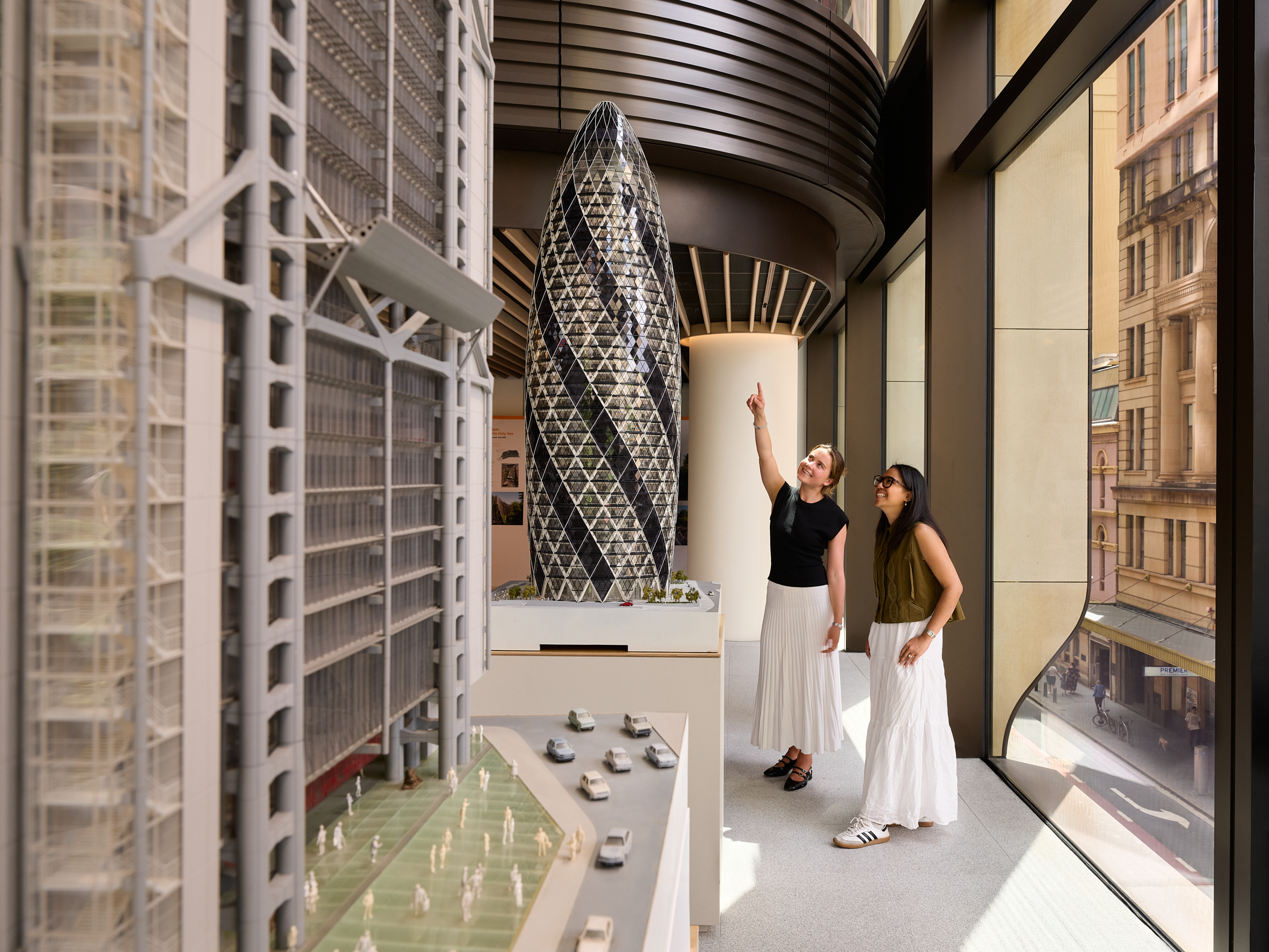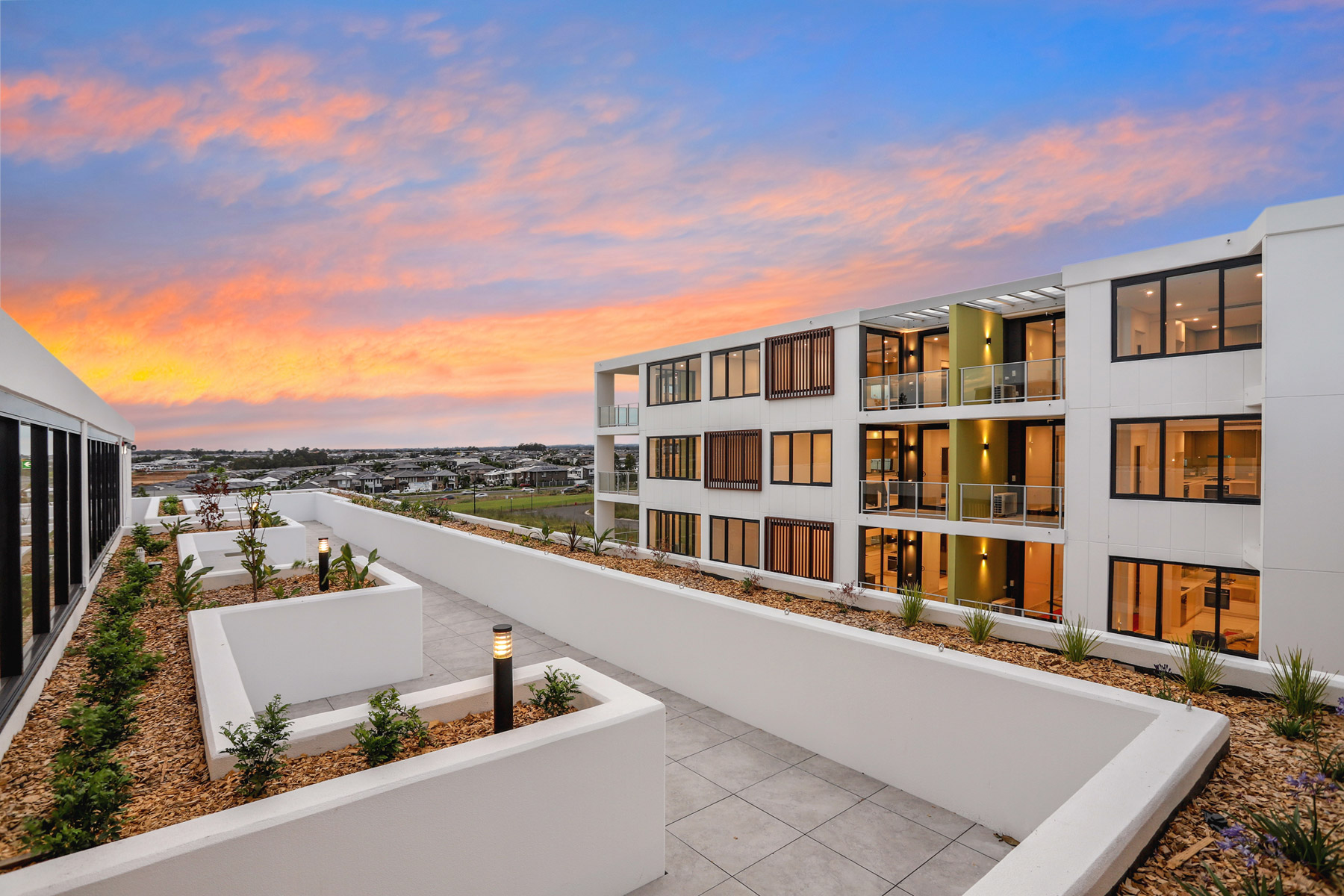Have a Window With a Terrible View? Try These Design-Expert Fixes.
A brick wall, cement alleyway, a neighbour’s blacktop driveway—if one of your windows gives you a front row seat to an eye sore, interior designers have a chic solution
If you live in a city, gazing out your window at a brick wall or weed-clogged vacant lot is not uncommon. Suburbanites, too, deal with ugly views—of car-strewn driveways or masonry walls. Anyone can, however, mitigate even the lousiest vistas, say experts such as Agustina Gentili. “Focus on enhancing a window’s other qualities, the entry of light and air,” advised the Mexico City–based designer. Here, how top design experts reframe a dreary outlook to do just that.
Practice shelf love
A woeful view over a kitchen sink can truly sink your spirits, given how much time you spend there. Faced with such a situation in a house in Mission Hills, Kan., architect Chris Fein built cabinets with integrated shelving that spanned the window (above). This lets light infuse the kitchen but provides a view of objects and plants instead of the homeowners’ own driveway and the lot next door, says Fein, founding principal of Forward Design, in Kansas City, Mo.
Play with shades
Regan Baker relies on fabric blinds to distract from nasty views. The San Francisco designer hung a Roman shade that covers the top third of a home-office window. Its charming scenic pattern draws the eye away from a neighbour’s wall and, she said, “relates to the home’s hillside neighbourhood.” In another project, Baker used sheer, minimal shades in a light, neutral tone to block a dining room’s unlovely views while letting natural light filter in. What’s more, the shades’ hue so nearly matches the wall paint that they almost blend right in, says Baker, keeping the focus on a nearby landscape painting.
Erect a shield of green
When faced with a bleak view, Gentili cultivates a “domesticated jungle,” attaching window boxes to the building’s exterior, if possible, and filling them with flora. Alternatively, the designer loads window sills with lush plants to create a filter of verdure and distract from the ugliness beyond. “This also generates green-tinted shadows that dance and change with the movement of the sun,” she said.
Change the pane
A stained-glass window will, of course, blur a chain-link fence or some equally unwelcome vista. Frosted glass, too. A less costly and disruptive solution: window film. The vinyl material, available in many patterns and textures, affixes without adhesive. Choose from ribbed designs that look like reeded glass to vintage-inspired motifs like Old English (below), a leaded-glass look-alike from Portland, Ore., company Artscape ($25 for a 2-feet-by-3-feet panel). In a garden-level New York apartment, designer Nathanael Tito Gonzalez applied abstract vinyl graphics to the top of a window to diffuse the sight of foot traffic up on the sidewalk.
Meet it half way
Cafe curtains, which shield only a window’s lower half, were once out of fashion, shunted aside by contemporary top-down, bottom-up shades. Now they’re back. For a powder room in Southern California that’s tiled in sea green and floored in a checkerboard pattern, Baker executed the old-school fix to block out a rudely confrontational concrete fence. Now light streams in over the drapes’ bright geometric patterns, and the retro decor embraces the client’s love of “grandma chic,” said Baker.
 Copyright 2020, Dow Jones & Company, Inc. All Rights Reserved Worldwide. LEARN MORE
Copyright 2020, Dow Jones & Company, Inc. All Rights Reserved Worldwide. LEARN MORE
Records keep falling in 2025 as harbourfront, beachfront and blue-chip estates crowd the top of the market.
A divide has opened in the tech job market between those with artificial-intelligence skills and everyone else.
Only 25 of the most intricate Rolls-Royce Phantoms ever made will celebrate the nameplate’s 100-year legacy.
From Italy’s $93,000-a-night villas to a $20,000 Bowral château, a new global ranking showcases the priciest Airbnbs available in 2026.
Ophora Tallawong has launched its final release of quality apartments priced under $700,000.























